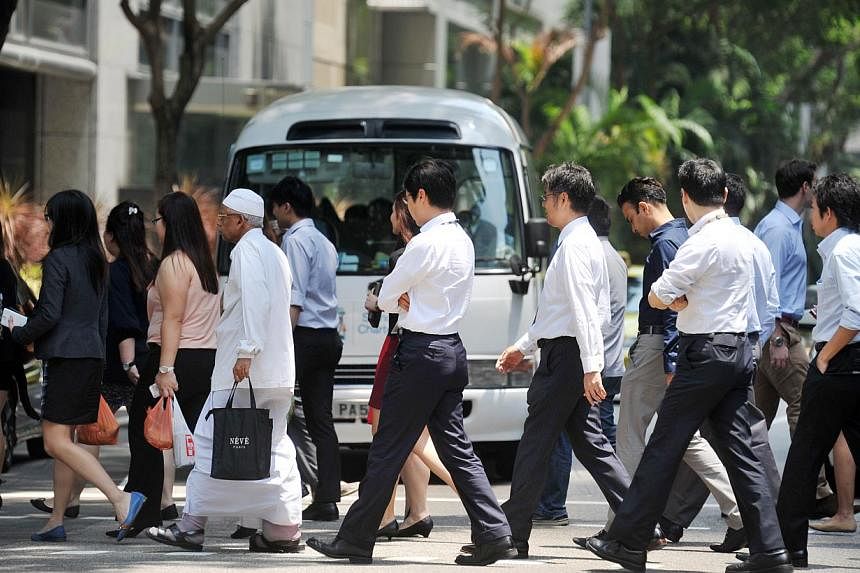As workforce demographics shift and the length of time an employee stays in a job shrinks, the pressure to find suitable candidates has become more intense than ever and is driving human resource (HR) managers to rethink how they hire suitable talent.
Crucially, understanding the millennial generation - those who came to maturity around the year 2000 - and knowing how to engage them is now an important factor. Organisations need to consider using HR solutions based on social, mobile, analytics and cloud technologies (SMAC) to woo these millennials.
This is because millennials grew up with social and mobile technology at their fingertips and have led the way in adopting these technologies. For example, job hunters across demographic groups often begin their interactions with employers via the social web, where they expect to become familiar with the employer's culture and "brand," learn about job opportunities and even directly engage with employers. A successful proliferation of such practices can be seen in the case of LinkedIn, for example.
A recent survey by Cognizant of 1,000 college students revealed serveral insights into attitudes of millennial workers. For example, millennials value career growth far more than work-life balance, and they equate international work opportunities with career growth. They are looking for a greater say in their day-to-day activities. And they are less brand-loyal than their older counterparts.
Companies can begin transforming hiring processes with the following steps: Assess the current state of their talent acquisition processes, including recruitment forecasting, candidate sourcing; conduct one or more talent management surveys to identify how successful the company has been in its hiring practices; and analyse which areas(s) will yield the biggest returns on investments.
With SMAC technologies, organisations can reduce their spending on recruiting agencies and turn to newer tech-centric tools, such as professional networking sites and social media. These also have the advantage of being lower cost alternatives to help build their brands as employers and attract the best candidates.
Importantly, SMAC technologies help companies to understand exactly who their target workforce is and reinforce their relationship with this desired talent pool.
A good example is Nike. When the sports giant decided to improve its talent acquisition in China, it used a team of 11 recruiters in China working alongside a cloud-based recruitment system. This on-demand system enriched the candidate experience by integrating external careers sites with Nike's internal site to help the team better screen, select and manage a large volume of applications. This helped Nike build talent "communities" and stimulate direct applications.
Technology alone will not deliver business results; success lies in coupling technology with human capital management.
SMAC technologies serve to drive this revolution on the system side. The social aspect will become the new norm for attracting talent and interacting with candidates. Cloud-based solutions will provide greater flexibility and intuitive interfaces. Adding analytics to HR process allows for better decision-making. Organisations that are able to use SMAC in their hiring will be ahead of the pack in attracting the best candidates.
The writer is Cognizant vice-president and regional head, Asean and greater China

